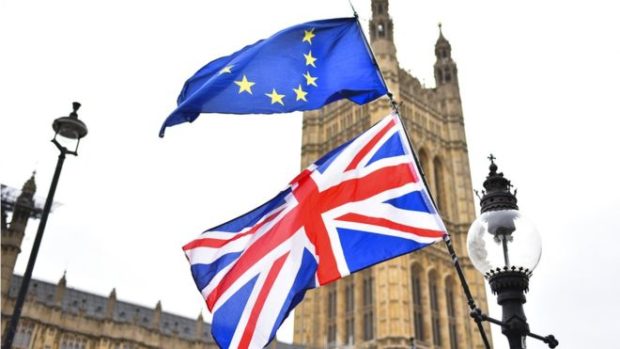More than 300,000 people across the north and north-east are among the most vulnerable to Brexit, Scottish Government analysis suggests.
An interactive map has been published examining the impact of Brexit on industries such as fishing and agriculture, EU migration and EU cash when Scotland is broken down into 7,000 geographical units called datazones.
The analysis revealed a higher concentration of the most at-risk datazones in remote and rural locations.
According to the analysis, Aberdeenshire had 78,759 people categorised as being in the most vulnerable to Brexit, while there were 102,621 in Highland.
Rural Economy Secretary Fergus Ewing said: “This report and analysis shows that rural and remote areas Scotland could be among the hardest hit by any kind of Brexit.
“Scotland’s people, economy and businesses will be especially impacted by a calamitous ‘no deal’ Brexit, and we urge the UK Government to rule it out now.”
Urban areas were also affected, with 23,630 people identified at the most vulnerable level in Aberdeen.
Towards the Central Belt there were significant populations in Glasgow, Fife, North Lanarkshire, South Lanarkshire and Edinburgh who were vulnerable as a result of deprivation levels.
Elsewhere, there were 13,961 in the Western Isles, 8,835 in Orkney, 11,376 in Shetland, 21,489 in Moray and 41,243 in Argyll and Bute.
Banffshire and Buchan Coast MSP, Stewart Stevenson, said: “This report and analysis is alarming for the people of the north-east.
“It shows that rural and remote areas Scotland will be among the hardest hit by any Tory-led Brexit and more than 75,000 local to Aberdeenshire.”
Communities Secretary Aileen Campbell added: “We always knew that Brexit could be damaging to Scotland, but this analysis lays out in stark terms how vulnerable communities across the country – urban and rural – are to its impact.
“As a responsible government, we will do what we can to mitigate and minimise its impact: this study only underlines the scale of that task and the recklessness of the UK Government in continuing to pursue Brexit at any cost.”
